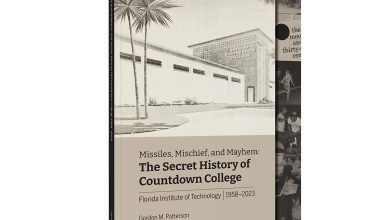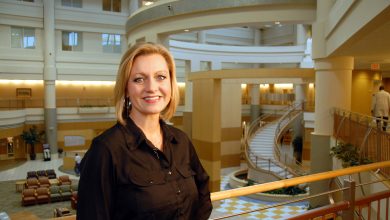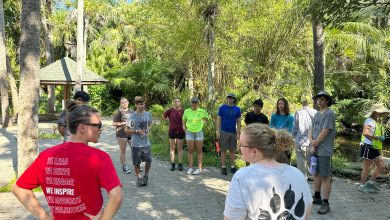International Man of Science
By Rory Allen, Ms in Global Strategic Communication
Imagine conducting research on a topic such as the effects of microgravity on the human body even though you have never experienced the feeling. Furthermore, you have to be able to understand the complex physiological terminology to go along with it. Now, take that information and make it communicable to a much broader audience!
Those are the undertakings that had I to overcome in order to complete Covering Science and Technology during the summer of 2013. My combined experience includes working with professionals at Florida Today, and the Florida Institute of Technology. In just six weeks, I produced two publishable journalistic articles that spanned two continents and two space programs.
My first mission was to understand the effects of space on the human balancing system: the vestibular system. First and foremost, the research of space flight on the human body has existed for over five decades since the first astronauts. Riddled with jargon such as semi-circular canals, cochlear drainage, etc, I was able to conclude that the muscles in the middle ear depend on a constant downward force from gravity to provide special orientation.
Dissecting this jargon over many hours, I was able to formulate a lead to my article that would properly and simply communicate the vestibular system. It utilizes the reader participating in a simple demonstration right as they read the article.
Secondary research, however, can only go so far as our class was introduced to the senior aerospace reporter for Florida Today and USA Today and former astronaut Captain Winston Scott. Todd Halvorson of Florida Today excitedly told us that the newspaper was awaiting our collaboration efforts via print, Twitter, and Facebook! He further explained the necessity of a science writer to be completely competent on his or her topic. Captain Scott further made our space topics less abstract by recounting his body’s reaction to space flight. He also helped us understand that not all NASA missions conduct health trials as his space missions were strictly engineering based.
After all primary and secondary research, the drafting began. Simplifying highly scientific and medical jargon into easier language while maintaining the proper journalistic style became the focus. Having simple examples readily available in the writing became paramount in helping the reader understand. While the medical research was important, the article also took time to explain NASA’s current mission in the absence of manned space flight aboard the shuttle.
The course finally concluded with a priceless opportunity to travel to Europe both professionally and leisurely. Compounded with canal trips of Amsterdam and Bruges, my fellow Nethernauts (dubbed by Dr. Heidi Hatfield Edwards) and I were able to visit the communication center of the Technical University at Eindhoven, receive a marketing strategy lecture from an executive of AtoS, and tour the European Space Agency’s (ESA) ESTEC facility.
All three of the professional activities listed above thrive on the relationships established via international cooperation. It gave all of us a snapshot of the true capabilities our communication degrees have for us post education!





